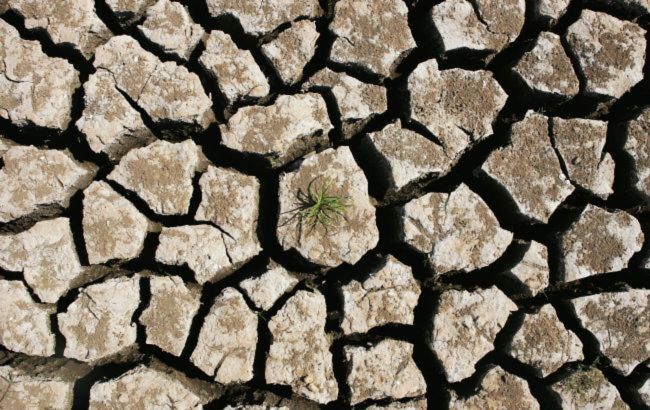Iran seeds clouds with silver to combat worst drought in 50 years
 Illustrative photo: drought (Getty Images)
Illustrative photo: drought (Getty Images)
Iran is dispersing silver over clouds using aircraft in an attempt to overcome the worst drought in 50 years, according to the BBC.
The authorities in Iran have launched a large-scale operation to stimulate rainfall, dispersing chemical substances onto clouds over the Lake Urmia basin to counter the strongest drought the country has faced in decades.
Lake Urmia, the largest in Iran, has almost completely dried up, leaving behind a massive salt bed. According to the report, further cloud seeding operations are planned in the east and west of the Azerbaijan province.
The president of Iran, Masoud Pezeshkian, warned last week that if rainfall does not increase soon, water supply to Tehran may be restricted, and residents of the capital could even be evacuated.
Cloud seeding involves injecting chemical salts such as silver iodide or potassium into clouds using aircraft or ground-based generators. These substances promote the condensation of water vapour and the formation of precipitation. The technology has been used for decades; for example, the United Arab Emirates employs it actively to address water shortages.
According to the Iranian meteorological organisation, this year’s rainfall has decreased by 89% compared to the long-term average. "We are currently experiencing the driest autumn the country has experienced in 50 years," the agency stated.
Officials have also announced plans to penalize households and businesses that consume excessive amounts of water. The head of the national centre for climate and drought, Ahmad Vazifeh, noted that water levels in the dams of Tehran, West and East Azerbaijan, and Markazi province remain in single-digit percentages and are in a "critical condition".
On Friday, hundreds of people in Tehran gathered near a mosque to pray for rain. On Saturday, Iranian meteorologists recorded the first precipitation in the west and northwest of the country, and the first snowfall of the season fell at a ski resort north of Tehran.
These measures, both chemical and spiritual, demonstrate the scale of Iran’s struggle with the consequences of extreme drought and highlight the urgent need for effective water management in the country.
According to official data, total rainfall in Iran in 2024 amounted to only 140 mm, compared to the norm of 260 mm.
Due to the water crisis, President Masoud Pezeshkian is considering relocating the country’s capital from Tehran to southern regions.

